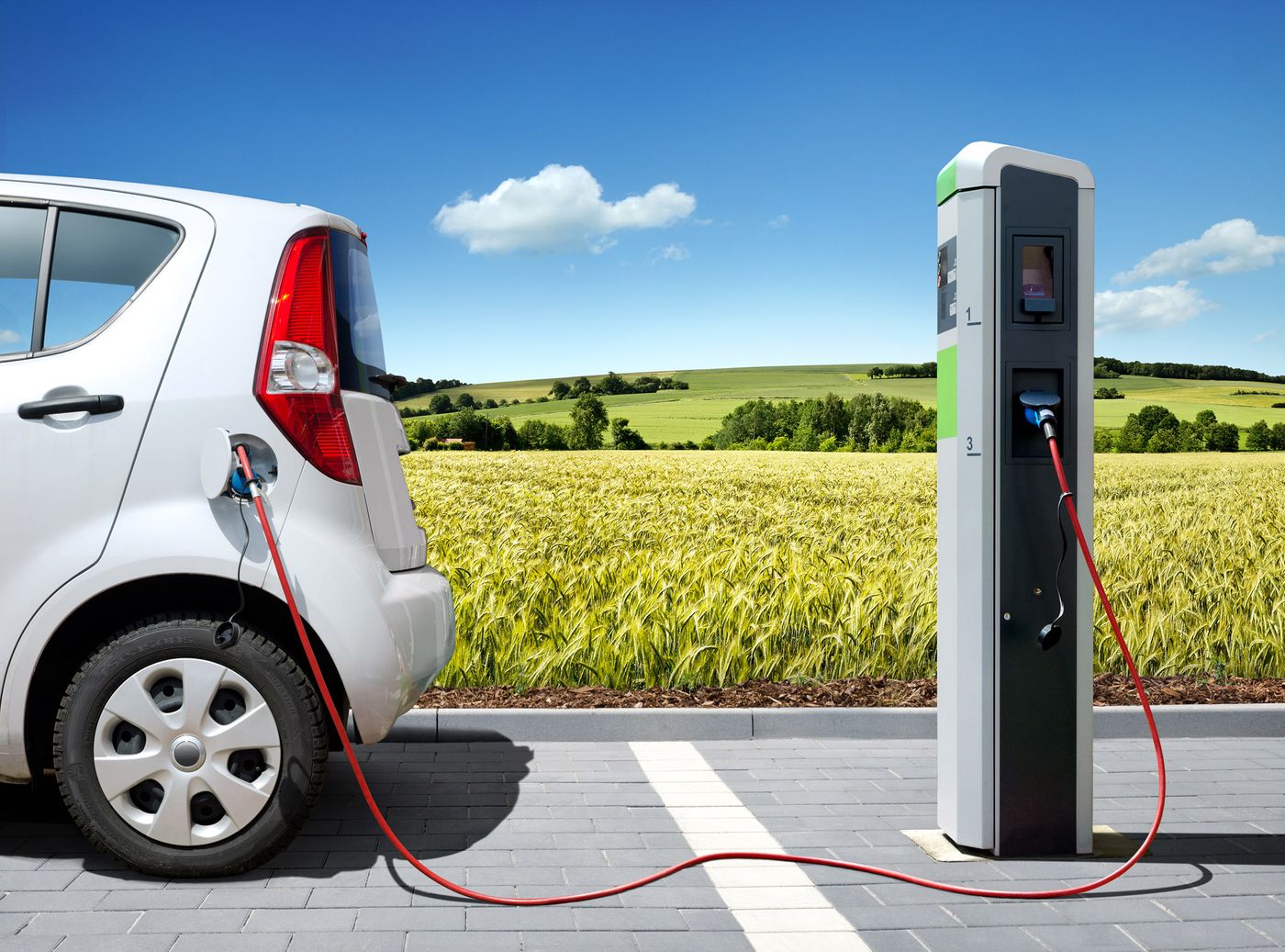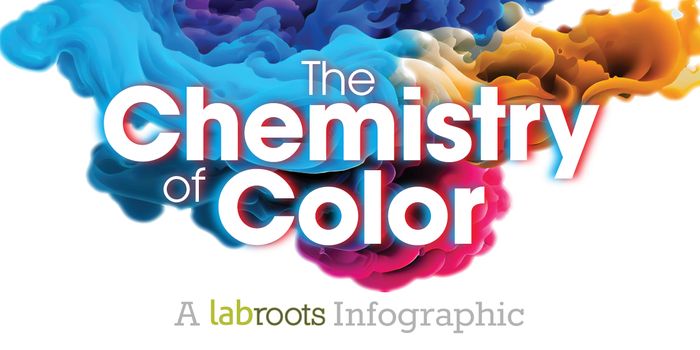Making a Better Battery for Battery-Powered Cars
It’s not too far from the truth that batteries make today’s world go ‘round. We’re far from the primitive ways of our ancestors, and we rely on electrical power for just about all tasks we deal with on a day-to-day basis. Whether that’s a cell phone, a tablet, a laptop, or even something as big as a full-sized battery-powered car.

Unfortunately, the two big thing that battery-powered devices have trouble with are battery life and charging cycles. Today’s current Lithium-Ion batteries are only capable of delivering so much power before they have to be re-charged again, and that’s why researchers and engineers are spending so much time trying to develop new battery technology that not only delivers performance, but is also practical and stable in everyday applications.
One the latest to be unveiled by researchers at the University of Cambridge via the journal Science is a familiar battery technology known as Lithium-Air. The benefits of this newer battery technology are noteworthy because they can store much more power in the same-sized cell that a comparable-sized Lithium-Ion battery might, and what’s more is they can be charged more times over and over than Lithium-Ion batteries.
The Lithium-Air batteries are very efficient and lose very little power. They charge up at 3.0 volts and discharge at 2.8 volts.
For these reasons, this new generation of Lithium-Air batteries may be of use to automobile manufacturers as they attempt to help more consumers adopt eco-friendlier vehicles. Longer-lasting batteries in cars mean less time on the charger, more mileage on a single charge, and even a longer-lasting battery.
Testing shows that these batteries are potentially just as useful as a full tank of gas in a modern car, and the fact that they can be re-charged so many more times than Lithium-Ion batteries can be without such noticeable deterioration means that consumers won't have to replace batteries as much.
The new Lithium-Air batteries are powered by a chemical reaction that occurs internally. Oxygen is required as a catalyst to get the reaction going, but so far, researchers have only tested the technology in a research lab with pure Oxygen. The goal is to get the batteries to work with the air that we breathe, which is made up of much more than Oxygen, but also Carbon Dioxide, Nitrogen, and Argon among other gasses.
Because of the setbacks, these types of batteries are not yet ready for the prime-time, but hopefully within the next decade or so, electric cars would be able to start taking advantage of the new technology, which would be beneficial to those that understand the struggles of an electric car.
Not everybody is willing to give up their gasoline-powered car for a battery-powered one, but the future is slowly approaching where the planet will run out of resoruces and this alternative power source will have to be more widely-adopted.
Source: Science








